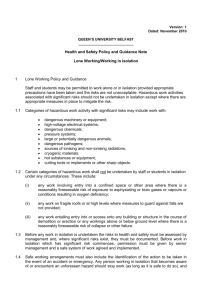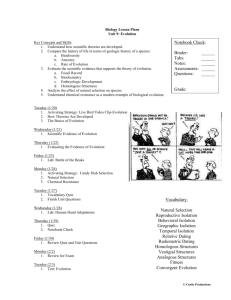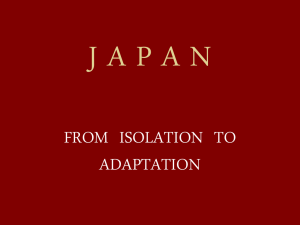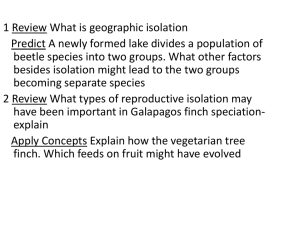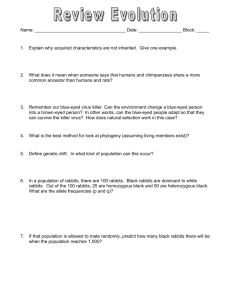Working after hours Risk Category examples
advertisement
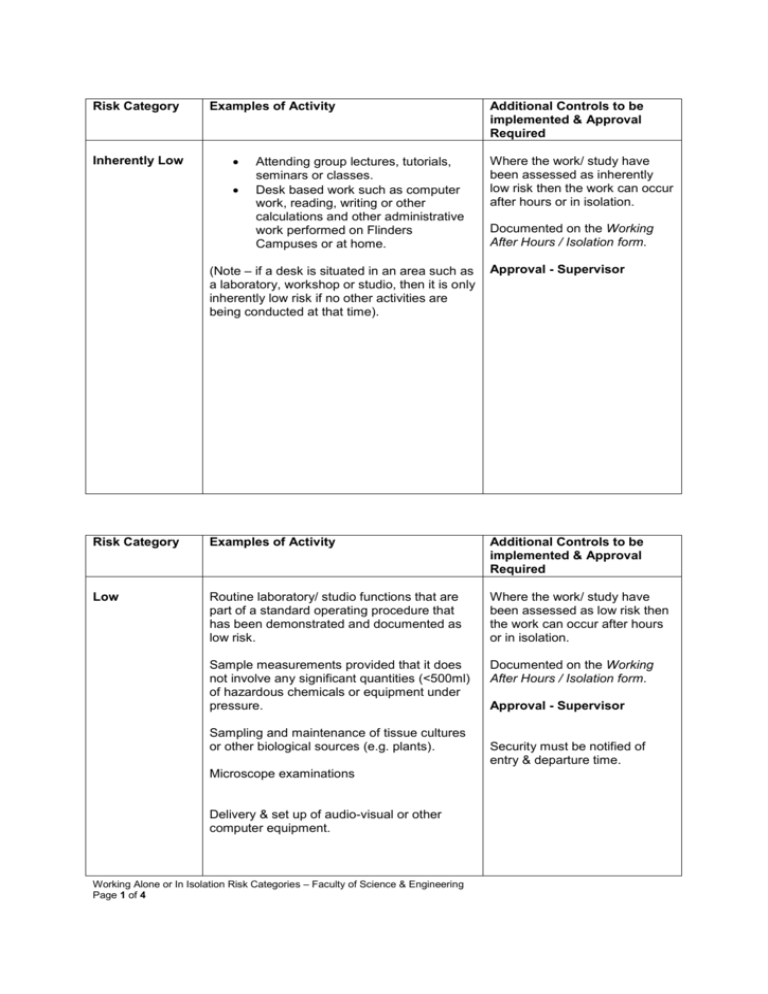
Risk Category Inherently Low Examples of Activity Attending group lectures, tutorials, seminars or classes. Desk based work such as computer work, reading, writing or other calculations and other administrative work performed on Flinders Campuses or at home. Additional Controls to be implemented & Approval Required Where the work/ study have been assessed as inherently low risk then the work can occur after hours or in isolation. Documented on the Working After Hours / Isolation form. (Note – if a desk is situated in an area such as a laboratory, workshop or studio, then it is only inherently low risk if no other activities are being conducted at that time). Approval - Supervisor Risk Category Examples of Activity Additional Controls to be implemented & Approval Required Low Routine laboratory/ studio functions that are part of a standard operating procedure that has been demonstrated and documented as low risk. Where the work/ study have been assessed as low risk then the work can occur after hours or in isolation. Sample measurements provided that it does not involve any significant quantities (<500ml) of hazardous chemicals or equipment under pressure. Documented on the Working After Hours / Isolation form. Sampling and maintenance of tissue cultures or other biological sources (e.g. plants). Microscope examinations Delivery & set up of audio-visual or other computer equipment. Working Alone or In Isolation Risk Categories – Faculty of Science & Engineering Page 1 of 4 Approval - Supervisor Security must be notified of entry & departure time. Accessing cold rooms ( >0 oC) only to place materials in storage (i.e. not to work in the cold room) Checking and assessment of plant and equipment that does not involve hazardous chemicals, high pressure or electrical hazards. Routine feeding, care or sampling of animals <15kg. Risk Category Examples of Activity Medium Laboratory / studio work involving the use of >2.5L or kg of chemicals that are moderately hazardous (as classified by Chem Gold III). Distillation/ evaporation of flammable solvents ( < 2L). Use of electrophoresis equipment with safety interlock functions. Assembling or modifying equipment where chemicals or electrical hazards may be present as long as chemicals are only moderately hazardous (as classified by Chem Gold III). The use of naked flames around small amounts (<0.25L) of flammable solvent as in biological/ micro labs. Use of low level radiation in routine procedures ( <1 MBq). Accessing plant under pressure e.g. HPLC, freeze dryer, rotary evaporators. Standard surgical procedures on small animals (< 15kg) this includes post mortem analysis. Accessing cold rooms ( >0 oC) for periods of time (<30min) Working with risk group 2 microorganisms Working Alone or In Isolation Risk Categories – Faculty of Science & Engineering Page 2 of 4 Additional Controls to be implemented & Approval Required Pre-arranged reporting schedule to an authorized person. Staff & students are able to undertake these activities after hours or in isolation as long as a pre-arranged reporting schedule to an authorized person e.g. Supervisor has been agreed and set in place. This should include reporting arrival time, at appropriate intervals (e.g. approx. hourly) & departure. This should be documented on the Working After Hours / Isolation form. Approval - Supervisor Security must be notified of entry & departure time. Risk Category High (Australian Standards AS 2243.1: 2005 Safety In Laboratories states that where work is risk assessed as high, that these tasks shall not be undertaken by personnel working in isolation) Examples of Activity Working with or near highly toxic, corrosive or flammable substances (as classed by Chem Gold III) where there is significant risk of exposure. Operating equipment or machinery capable of inflicting serious injury e.g. workshop machinery, chain saws, lathes, power saws. Conditions/ Controls to be implemented At least two people must be working together or nearby. i.e. a Buddy system Before this type of work is approved then arrangements must be made for another authorized person to be in the workplace for the period of time that the work is occurring. Using apparatus that could explode, implode or release high energy fragments or hazardous material. Working with radioactive material (> 1MBq) Working with closed or semi closed X ray systems Using Class 3 laser beams or above. It does not include realignment. Accessing freezer rooms (<0OC). Handling large animals >15kg, including euthanasia & post mortem. Handling any venomous animals (snakes, spiders, insects, arthropods & fish). Working or studying with exposed energised electrical or electronic systems with voltages exceeding 50 V a.c. or 120 V ripple free d.c. Note these limits apply to dry indoor conditions. If other conditions are present then a more conservative approach is needed. Working at heights including climbing ladders. The buddy must understand clearly all emergency provisions & be able to access help. The buddy may also need specific skills to provide advice and supervision of the tasks. These tasks must only be carried by those that have been trained and have extensive experience in the work procedures. This arrangement must be documented on the Working After Hours / Isolation form. form Approval – Dean/ Head of School Security must be notified of entry & departure time Working environments not at atmospheric pressure where the risk of a low or toxic atmosphere may occur. Risk Category Examples of Activity Extreme Working with hydrofluoric acid. Working with scheduled poisons 4, 8 or 9. Working Alone or In Isolation Risk Categories – Faculty of Science & Engineering Page 3 of 4 Conditions/ Controls to be implemented This work is too hazardous and must not be undertaken outside of normal working Accessing bulk liquid nitrogen stores. Use or alignment of open class 3 & 4 lasers. Working with radioactive materials >2MBq or Open X ray sources. As required by AS2243.4 Working with bulk hazardous chemicals (>50L) e.g. in stores, including chemical disposal. Working with microorganisms of Risk group 3 & higher or that require use of a PC3 facility. Working in confined spaces (as defined in AS 2865 is never allowed to occur in isolation & is covered in the OHS Regulations) Working with high powered or fast moving machinery. Work at heights e.g. on to roof structures. Work involving high voltages. Working Alone or In Isolation Risk Categories – Faculty of Science & Engineering Page 4 of 4 hours.
